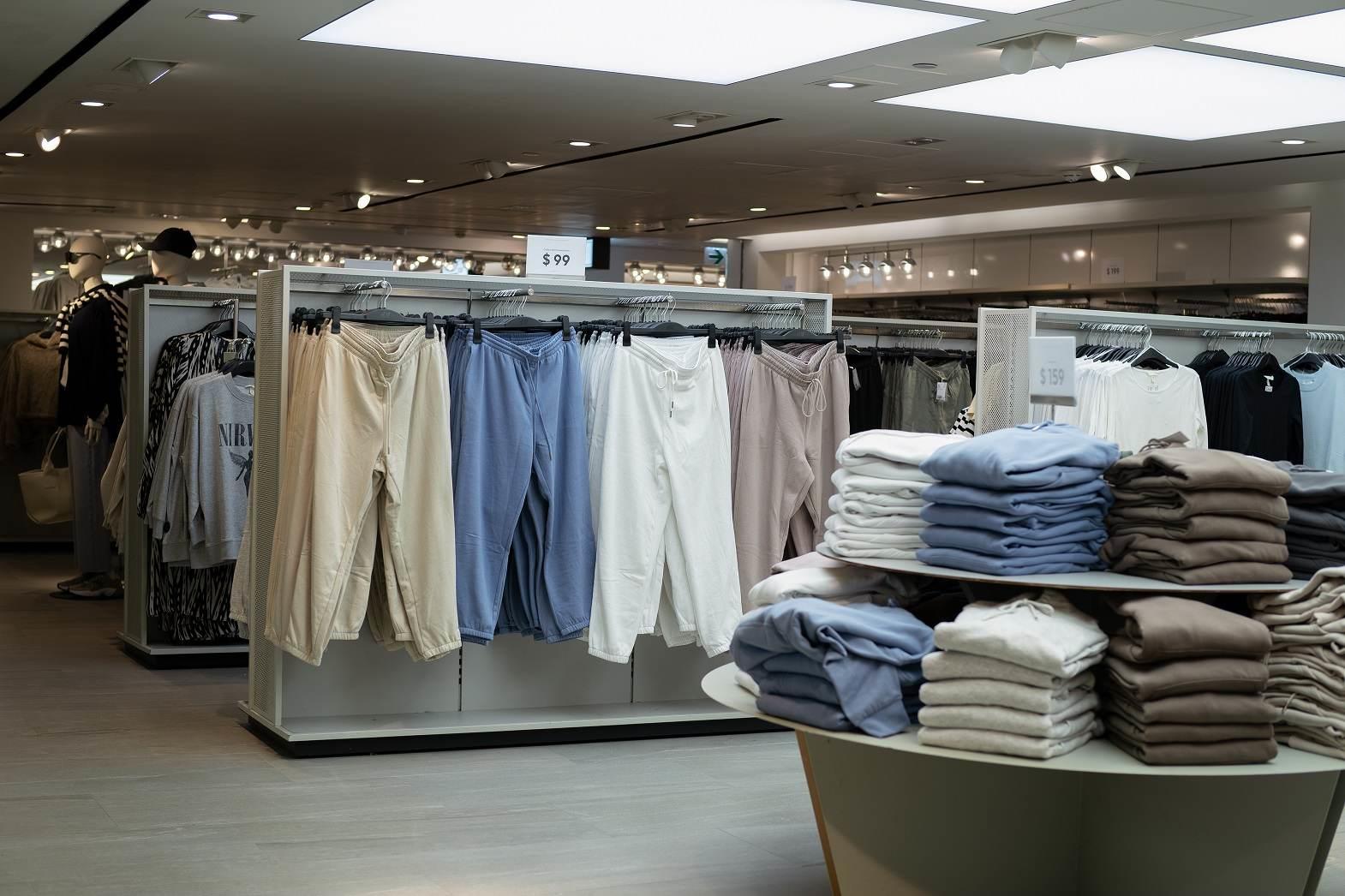For example, in the US, with low-cost supplier countries nearby to the south, brands can benefit from cheap purchases that are boosted by short supply distances and also free trade agreements, such as DR-CAFTA (the Dominican Republic-Central America-United States Free Trade Agreement). The desire of American clothing brands to source in the Western hemisphere - rather than always heading east to Asia - has been a steadily growing trend for several years. And some of this sourcing is done in the US itself, where there are regions retaining strength in design and manufacturing of apparel and textiles, including New York and Los Angeles. One benefit of sourcing domestically is that producers can take advantage of US consumers' increasing support of the made-in-US label, says Cass Johnson, President of the National Council of Textile Organizations (NCTA).
As for sourcing in neighboring countries, brands have not only benefited from the DR-CAFTA but also the North American Free Trade Agreement (NAFTA) with Canada and Mexico, says Hughes. "When you have duties that can average 17% on apparel but go as high as 32%, obviously the duty-free benefit...helps a lot on manufacturing closer to the US," she adds. But, "the biggest benefit is turnaround time," according to Johnson. "You can get a garment sewn and delivered in the western hemisphere in anywhere from one to three weeks' time compared to six to nine months' time sometimes in Asia." Johnson also notes a faster supply chain can mean long-term savings for brands as producers can slim down their inventory while also responding quickly to changes in sales - for example, producing more of an item that is selling well. "The potential savings can be significant."
It is also important to consider the manufacturing strengths of different regions, she stresses. For example, the Americas have strengths in cotton production, while shipping US cotton to Mexico for processing and manufacturing is cheaper than shipping it to Asia. The free trade agreements also allow companies to easily take advantage of multiple countries; for instance, DR-CAFTA allows other member countries to use Mexican fabric and still be deemed duty-free. Although China and Bangladesh remain the top exporters of many apparel lines to the US, Western hemisphere suppliers perform well. As of May, Nicaragua, Honduras, El Salvador, Guatemala, and Haiti ranked among the top 20 suppliers of cotton trousers to the US, according to Hughes. In addition, half of the top ten suppliers of cotton knit tops to the US are Western hemisphere countries. The majority of companies import complete apparel, as opposed to parts of apparel from DR-CAFTA countries, further shortening times to market.
European Experience
The sector that is primarily sourcing closer to home is high-end fashion. Consumption in the EU isn't going very well at the moment, so there is a concentration on higher end fashion that is still being done within the EU and surrounding area. While there is a change, we are still seeing a lot of sourcing being de-localised outside of the EU. Reasons for this are pricing and the advanced nature of production in Asian countries, with Bangladesh and China both "one-stop-shops" and with good logistics. Buyers also mix and match production of collections from different sources around the world.
Timothy Speldewinde, head of Sri Lanka based MAS Fabrics and Managing Director of narrow fabrics specialist Stretchline Holdings, also points out that sourcing close to retail markets is not always the answer. "There are several factors - quality, design, cost, lead time and factors affecting brand integrity - that contribute towards creating value to a consumer, and each of these has to be evaluated when deciding on the location and partners to work with. "So lead time is only one such factor and this can be broken down into forecasting, raw material sourcing, manufacturing and shipping. Manufacturing the garment closer to retail markets may eliminate garment shipping lead times but add raw material/component shipping lead times (as most components are made outside of retail markets). It may reduce shipping cost but will increase cost of manufacture of the garment which can sometimes be higher than expediting delivery via airfreight.
Logistics and distribution
Additionally, major retailers have invested heavily in logistics and distribution centers in Europe, says Santos. "The major retailers continue to ship to distribution centers, and send directly to the shops. But there is the issue of rationalising resources, of buying less and concentrating more on what you buy." Crietee explains there is a need for companies to operate more in line with customer demand and produce less, thereby bringing down costs. He notes that the biggest cost component of clothing items such as shirts is the point of sale. "If you look at the retail price, the biggest price the retailer needs to cover is the losses of shirts sold at a lower price. So if a retailer can find a way to reduce the number of shirts they have to sell, that is more efficient and the best way to cut costs." One innovative programme is being developed by Modint, the Dutch trade association for fashion, called bundling at the source. However, this initiative is likely to result in more de-localisation away from the EU, rather than less. "It is a simple idea, and you can't carry it out everywhere," explains Crietee, who has been working with the Netherlands-based group.
This article was originally published in the November issue of the Stitch Times Magazine








Comments